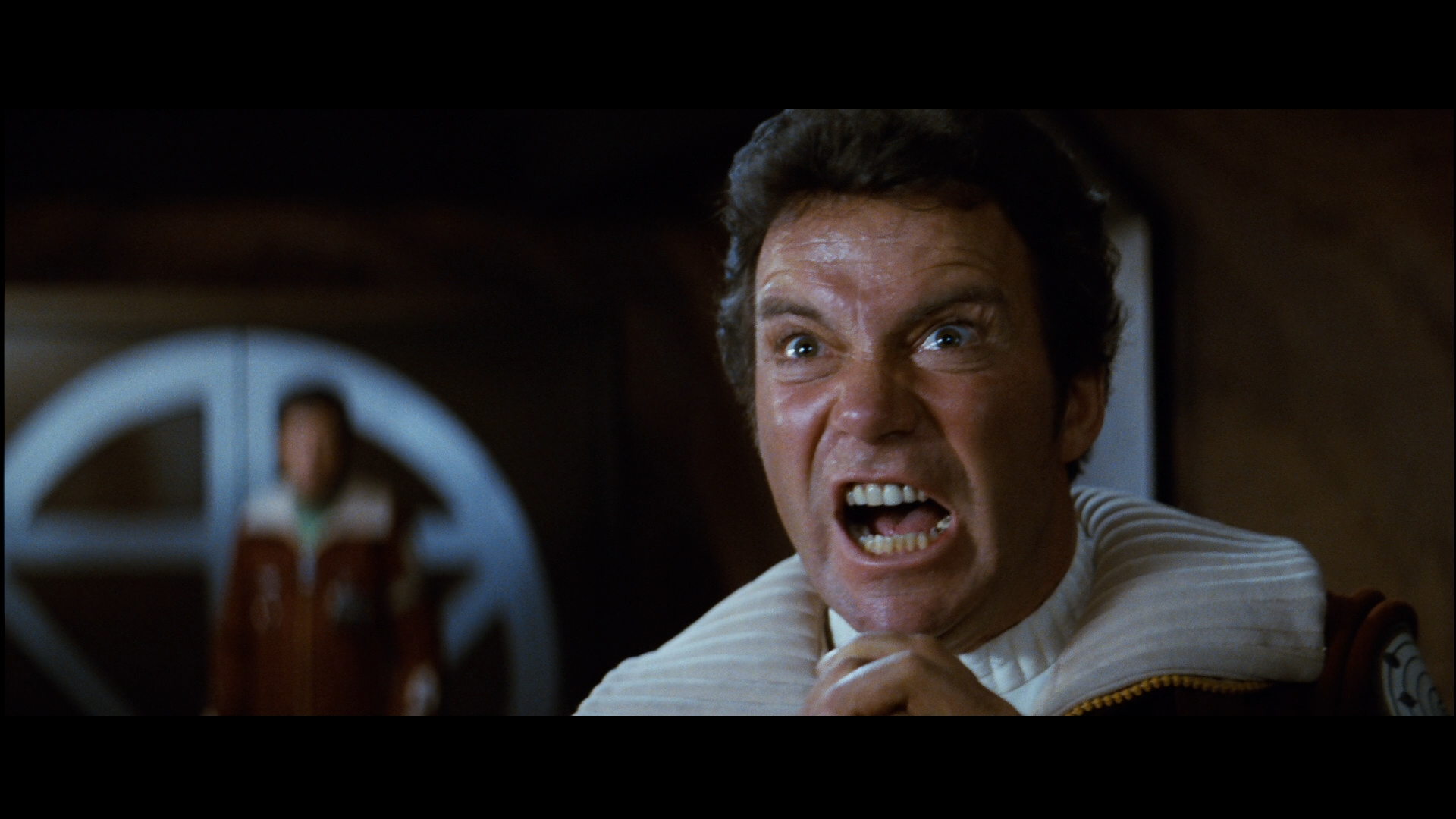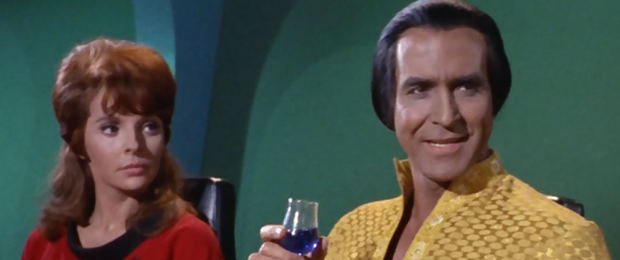In “Star Trek II: The Wrath of Khan,” why does Khan so strongly dislike Kirk?
Quick Answer: The backstory of Khan and Kirk comes from an episode of The Original Series titled “Space Seed.” In the episode, Khan, a genetically-modified human is awoken by the Enterprise crew after 100 years of being frozen in stasis. He attempts to commandeer the ship and kill Kirk, for which he is marooned on an emplty planet and tasked with its repopulation. Unknown to Starfleet, the neighboring planet was soon to explode, and in the interim between Space Seed and The Wrath of Khan, became an inhospitable wasteland in which most of Khan’s followers, including his wife, perished. Khan blames Kirk for their deaths and seeks vengeance during the film.
Star Trek II: The Wrath of Khan (1982) is oft-considered one of the finest Star Trek films. Its premise is based on the events of an Original Series (1966-1969) season one episode, “Space Seed,” aired in 1967. A decade and a half later, the film championed the events of that episode by re-introducing Kirk (William Shatner) and the Enterprise crew to Khan (Ricardo Montalban), a genetically-modified human with a long-running grudge. It is a fine setup for a film, as it continues the story of one of the best-received hours from The Original Series.
But for those who never saw “Space Seed,” or for those new to Star Trek as a whole, the story behind Khan’s hatred for Kirk and all things Starfleet can fail to be fully realized in the film. Naturally, The Wrath of Khan offers some hindsight into the quarrel between the men, but the gravity of Khan’s hatred can only be truly felt by someone familiar with the story from the earlier television series.

William Shatner as Captain Kirk, delivering the famous “KHAN!” yell
So what happened? In “Space Seed,” the Enterprise comes across a sleeper ship carrying selectively-bred super-people from centuries ago on Earth. Khan Noonien Singh, a man who once controlled more than a quarter of the Earth during the Eugenics Wars of the 1990s, is their leader. He has been in suspended animation since the 1990s, having been frozen and shot into space as punishment for his actions on Earth. After being found and revived by Kirk’s crew, Khan awakens to gleefully discover he is in the 23rd century. His nefarious nature instantly goes into action as he seduces one of Kirk’s crew members, Lt. Marla McGivers (Madlyn Rhue), and attempts to take over the Enterprise. Khan’s intelligence and strength are superior to most humans as a result of his augmentations, so when his plans of dominating the Enterprise are ultimately thwarted by Kirk, Khan feels he has been bested by an inferior being.
Kirk exiles Khan on the planet Ceti Alpha V to create a new society—the “space seed” of the episode’s title. Lt. McGivers joins Khan on the planet to avoid facing court-martial from Starfleet.
Many years pass, and in The Wrath of Khan, we find the Starfleet crew aboard the USS Reliant searching for an uninhabited world in order to test a brave new terraforming mechanism. They find a body they believe is the desolate Ceti Alpha VI, only to find it is actually Ceti Alpha V. They learn the planet was nearly destroyed when the real Ceti Alpha VI exploded shortly after Khan and his followers were marooned. Khan’s wife, the former Lt. McGivers, and most of his followers were killed in the resulting apocalyptic lifestyle on the planet. Thus, Khan’s hostility towards Kirk is one of vengeance. Kirk is responsible for putting Khan and his people on that planet, and so he is responsible for their deaths.

Madlyn Rhue and Ricardo Montalban in “Space Seed”
Director Nicholas Meyer, a newbie to Star Trek at the time of The Wrath of Khan’s production, thought Khan’s storyline in “Space Seed” and the depth of the villain himself allowed for further exploration in the film. The final lines of “Space Seed” find Kirk invoking the Fall of Lucifer from Milton’s “Paradise Lost,” quoting, “It is better to rule in hell than serve in heaven.” Spock (Leonard Nimoy) finishes the episode by stating how interesting it would be to return to Khan’s planet in a century to assess his achievements. With that, it’s almost as if a sequel were destined to come, and theat inevitability resulted in one of the highest-rated entries in the Star Trek film canon.

